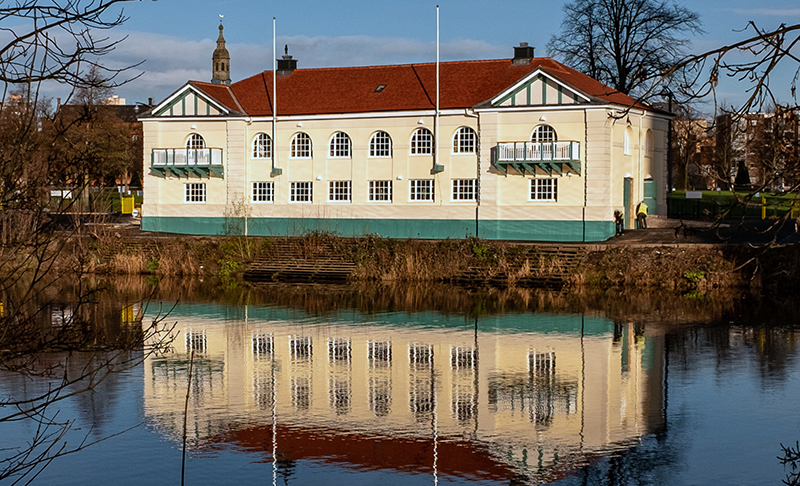
THE project manager for the £3 million restoration of Glasgow Green’s West Boathouse has revealed that the listed building may not have survived another winter had the crucial works not been undertaken.
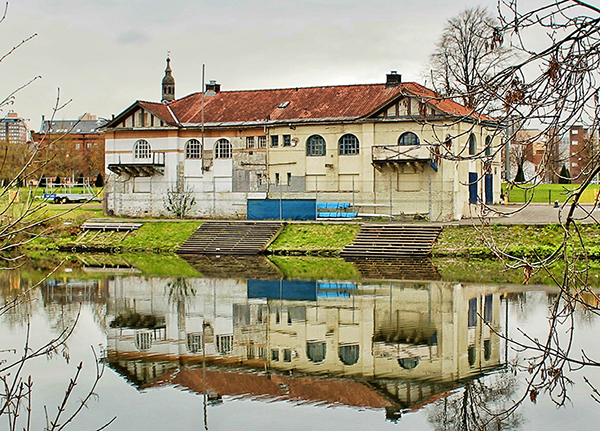
Built in 1905 for Clyde ARC and Clydesdale ARC, the amateur rowing clubs still occupy the boathouse today alongside the University of Strathclyde’s rowing club. Sitting on the banks of the River Clyde in Glasgow’s third biggest park, the revamped building is also now opened up for rowing, fitness and wider community uses to support the clubs.
Led by Glasgow Building Preservation Trust, the National Lottery Heritage funded restoration involved five years of development work and two years of delivery. Alongside restoring the boathouse, the work brought increased accessibility, a new gym and flexible multi-use spaces.

“We were having a meeting in 2019 and some club members were saying ‘you’ve got here just in time’, but I was sitting thinking perhaps not as there’s water coming in the windows!” Niall Gallacher, project manager at Glasgow Building Preservation Trust told Project Scotland, after being asked the condition of the building.
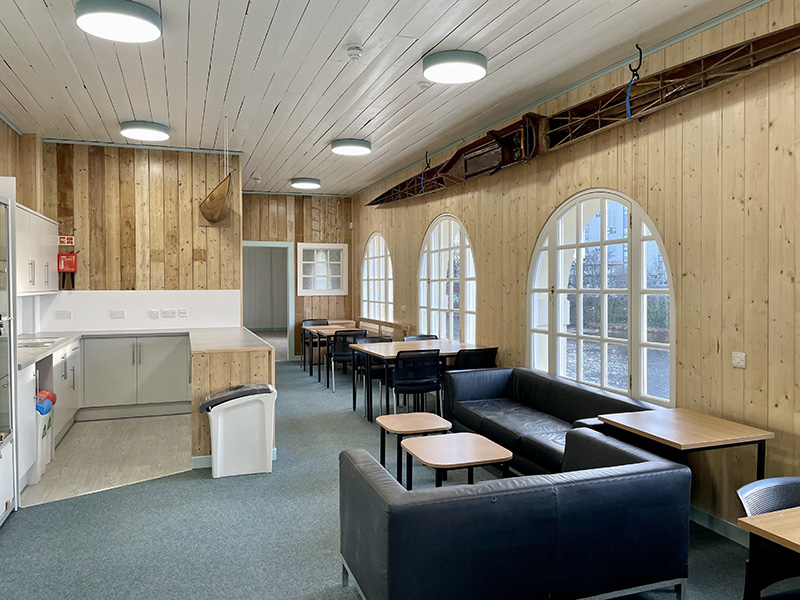
Designed and built using an ‘unusual’ timber-framed structure in the early 20th century by Glasgow Corporation Architect, A B MacDonald, Niall believes the high-quality construction of the two-storey building meant that the team was not only able to save the building but do so in a way which ensures its heritage is protected.
“Where we have repaired the timbers in the boatshed on the ground floor you can see we’ve left it undecorated to show where the new timber meets the old timber; it’s a very honest repair to allow people to see the evolution of the building,” he added. “We don’t want to be putting things in and pretending it’s old – our ethos is very much conservation is best practice and to be honest when adding new parts.”
Preserving the building was no mean feat given the state of some of original timber components. New concrete foundations were put in, as well as 80 new piles, and external and internal concrete ring beams.
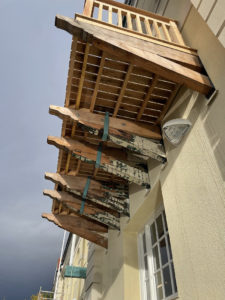
Furthermore, a member of W H Kirkwood’s team, which led the project, likened the state of the balcony supports to pieces of Weetabix! The team was unable to source the pitched and red pine the balconies were originally made from, so instead used Douglas Fir for repairs.
“The original balconies were key for the coaches,” Niall explained, before telling how the clubs had locked the door to the west balcony due to it having no floor! “It was a skilled task to restore the balconies. The timber joiners were actually able to splice together the original balcony supports with new timber as well – and put that together with splices with resin. It wasn’t just a case of complete replacement, it was all very carefully thought through – even the metal bracing put on the support, which was original, we took them off, refurbished them, and put them back so people could see part of the history of when people were concerned about the balconies in the 20th century.”
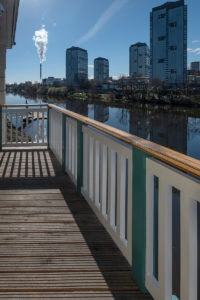
Acting as a great vantage point over the Clyde for coaches and those measuring the results of races, the balconies also further incentivise the use of the now attractive first floor space for wider purposes and rentals – with it already booked up by pipe bands ahead of this year’s World Pipe Band Championships at Glasgow Green. Such bookings help support the rowing clubs, with the facility on a long lease from Glasgow City Council.
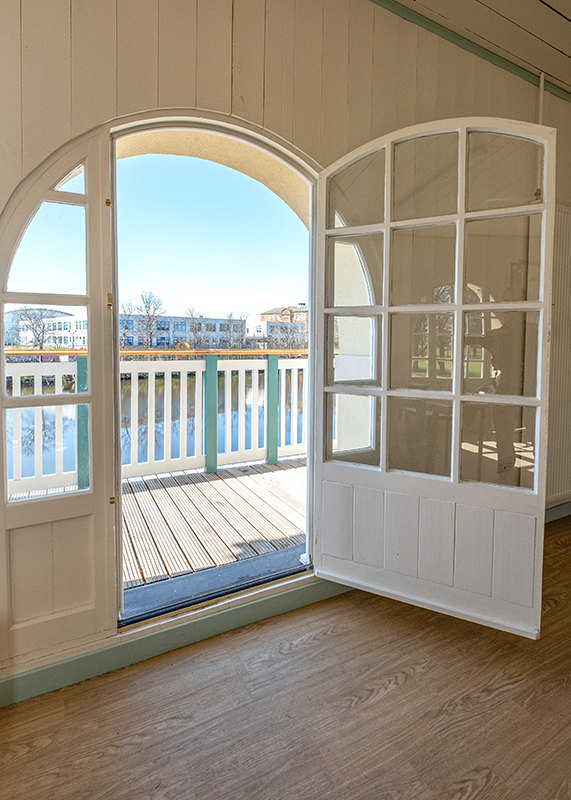
Originally split in two to give the two clubs their own space, the renovation also opened up the building into one facility and allowed for a rowing training zone to be created, as well as separate gym for weights, and a dedicated club room. The roof and services and facilities have been renewed, with the addition of accessible changing rooms, showers, WC and lift. A new bespoke pontoon has been installed that allows for safer access to the river.
On the ground floor, windows had been reinstalled after previously being entirely boarded up to prevent trespassers and vandalism. Because of the buildings listed status, single – rather than double – glazing has been used, with the original putty being utilised to seal it.
“What we didn’t anticipate was that birds like to come along and peck at the putty then take it out!” Niall said.
W H Kirkwood’s in-house joiners undertook the refurbishment of the windows, with an external consultant providing the dipping and stripping of the timber frames and Richardson and Starling undertaking the timber conservation repairs. The rest of the project team includes ARPL Architects, Gardiner& Theobald, Narro Associates, FLN Consulting Engineers, DA Gilmour Clerk of Works, Build-Lite , AKD, and Structherm.
“If you look at some of the (before) pictures you’ll see we took out these little windows which looked like broken teeth and put in the new, big arched windows,” Niall added. “You’ve now got a full view up and down the Clyde from the expanded clubroom, which helps connect the space to the activity on the river.”

With windows also reopened on the Glasgow Green side, Niall has hopes the busy Clyde Walkway will result in people noticing the activity inside and popping in to ask about giving rowing a go. Now very-much a community building, it is being used frequently by a schools rowing programme and will open for further community events throughout the summer and beyond.











